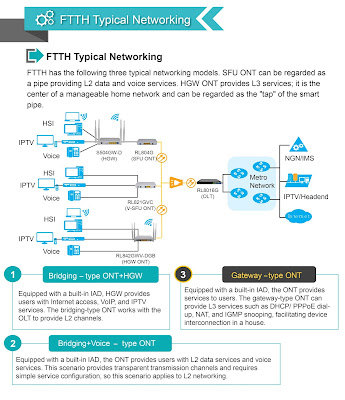Welcome to visit RicherLink at Convergence India 2019

Convergence India Launched in 1992, the Convergence India series of expo is credited as India’s leading Communications, Broadcast, IT & Technology Show. The three-day exhibition and concurrent conference sessions will flash light on the latest trends and technologies in Telecom, Broadcast, Cable and Satellite TV, Cloud & Big Data, IoT, Digital Homes, Mobile devices, Film and Radio, Content Creation, Management and Delivery, etc. and also provide engagement with digital innovators, international business gurus, telecom and broadcasting czars, leaders from IT & Internet and IoT industries. It is a mecca of mega-minds accumulating under one roof to take Prime Minister Narendra Modi’s vision of Digital India ahead, thus resulting in empowering the citizens of the country by transforming the landscape of Indian economy. It is an excellent networking opportunity for the exhibitors, speakers, visitors and delegates. Welcome to visit RicherLink at Convergence India 2019 ...

